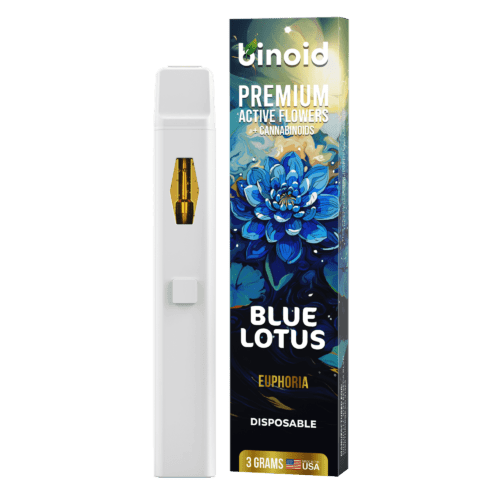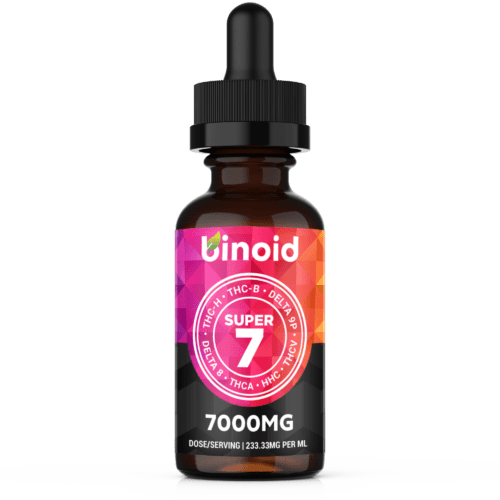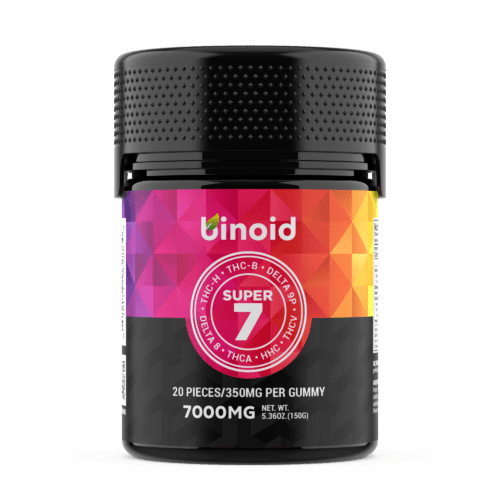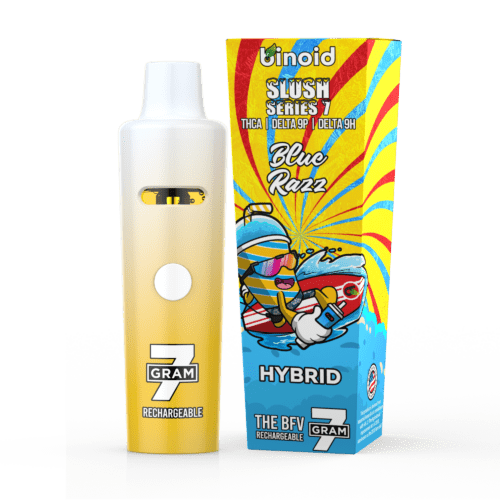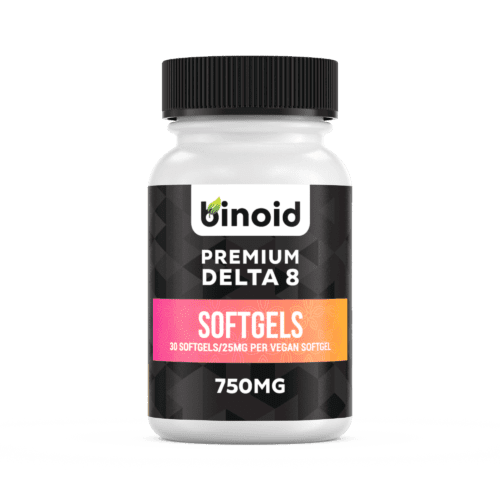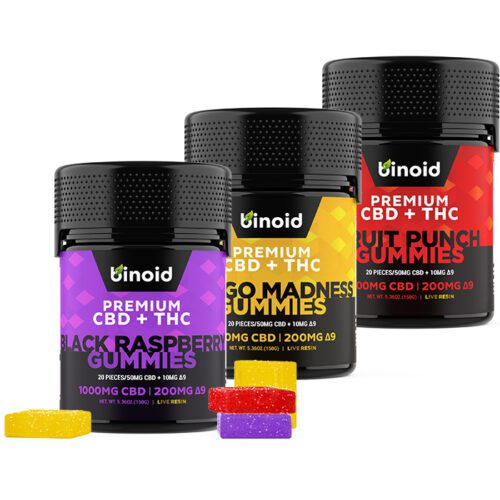
Is Blue Lotus Flower Edible
Blue lotus flowers, scientifically known as “Nymphaea caerulea”, have been used historically in various cultures for several purposes. Blue lotus contains natural alkaloids that are psychoactive, like nuciferine and apomorphine. These compounds have mood-enhancing effects, and for this reason, the plant has traditionally been used in religious and ceremonial contexts, particularly in ancient Egypt. It’s known for producing a feeling of peace and euphoria, along with a dreamy state.
But, did you know that’s blue lotus flower can be consumed in a variety of ways? Well, as you’re about to find out, it most certainly can.
To Buy Blue Lotus Flowers Product Click Here
-
Product on sale
 Active Flowers 3 Gram Disposable$35.99
Active Flowers 3 Gram Disposable$35.99$69.99
Why are Blue Lotus Flowers Edible Anyways?
As we mentioned in the beginning, the blue lotus has a rich history of use in various cultures. It was widely used by the Ancient Egyptians, not just as a ceremonial or decorative element, but also for consumption. They used it as an infusion in wine or tea, and it was reputed to have mild psychoactive properties, believed to help with relaxation and possibly acting as a mild sedative. Its long-standing presence in human practices supports the notion of its edibility.
The blue lotus flower is composed of compounds that are generally non-toxic to humans, which makes it suitable for consumption. The flower is known to contain antioxidants, flavonoids, and natural alkaloids that are common in many plants and herbs safely consumed by humans.
Now, while not renowned for their nutritional content, edible flowers like the blue lotus can have some micronutrients, antioxidants, and phytochemicals. Again, they aren’t a significant source of any essential nutrient, though.
-
Product on sale
 Super 7 Tincture – 7000mg$39.99
Super 7 Tincture – 7000mg$39.99$59.99
What are the Edible Parts of Blue Lotus Flowers?
The flowers, stems, and roots of the blue lotus are indeed edible. They can be eaten raw or cooked due to their flavor and their psychoactive properties. Below is a deeper breakdown of the flower’s three sections:
- Flowers: The petals and flower formation are the most commonly consumed parts of the blue lotus. They can be eaten raw in salads but are more commonly steeped in wine or tea, as they are believed to have a mild psychoactive effect. The petals have a subtle, bitter taste, and are often used for their more calming, sedative properties rather than their flavor.
- Seeds: The seeds of the lotus plant can be eaten as well. They’re often popped like popcorn, boiled (similar to how one might prepare hard grains or seeds), or turned into a paste. In culinary applications, they’re treated much like any other edible seed and can be a source of nutrients.
- Roots: While the blue lotus specifically may not have commonly consumed roots, it’s worth noting that the roots of the closely related lotus species, Nelumbo nucifera (often simply referred to as “lotus”), are a staple in various Asian cuisines. These roots are rich in starch and other nutrients. They are crunchy, slightly sweet, and are often used in stir-fries, deep-fried, or prepared as pickles.
-
Product on sale
 Super 7 Gummies – 7000MG$39.97
Super 7 Gummies – 7000MG$39.97$59.99
Get Your Culinary Skills On Using Blue Lotus Flower
Cooking with Blue Lotus flowers can be a unique and interesting culinary adventure. Remember, the goal of using such an unusual ingredient should be to enhance a dish, adding intriguing flavors or properties without overwhelming it. So, here are several suggestions on how you might incorporate blue lotus into your cooking:
Suggestion #1: Blue Lotus Tea
This is the most common culinary use of the blue lotus. The flowers are steeped in hot water to make a tea known for its calming effects. You can add additional herbs or sweeteners according to your taste preference.
Suggestion #2: Infused Liquor
You might soak blue lotus petals in wine or another form of alcohol. Historically, it was soaked in wine for several weeks to create a potent infusion. Keep in mind, the combination of the flower’s natural psychoactive elements and alcohol can be strong, so it’s important to moderate your intake.
Suggestion #3: Desserts
If you prefer something less potent than tea or infused wine, you might use Blue Lotus petals to garnish or flavor desserts. The petals can be candied or used freshly on cakes and pastries. They could potentially also be incorporated into jellies or syrups for a unique flavor, though they impart a rather mild taste.
Suggestion #4: Salads and Garnishes
The petals, when cleaned properly, could be torn into salads for an exotic touch, much like edible blue lotus flowers like nasturtiums or pansies are used. Their mild, vegetal flavor doesn’t overpower a dish, making them a versatile component.
Suggestion #5: Cooked Dishes
You might potentially use the blue lotus flowers in cooked dishes, though this is less common. They could be incorporated into light stir-fries or rice dishes, but keep in mind the heat could diminish some of the psychoactive effects (if that is what you’re seeking).
Also, to use dried lotus seeds, soak them in water overnight, just like you’d do with dried beans or lentils. Afterwards, you can add them to soups and many other types of foods!
-
Product on sale
 Delta 8 THC Capsules 750MG$31.99
Delta 8 THC Capsules 750MG$31.99$69.99
Suggestion #6: Blue Lotus Extract
In some health food and specialty stores, you might find blue lotus extract, which can be used in various recipes, including smoothies, elixirs, or perhaps even soups. This extract often concentrates the psychoactive compounds, so dosage and use should be approached with caution and awareness.
Overall, Blue Lotus Flowers are Edible to an Extent
Today, some people consume blue lotus as an herbal supplement or as a tea for relaxation and to induce a dream-like state. The Blue Lotus flower is also sometimes smoked or vaped. This is all thanks to its natural composition, historical use, and the compounds it contain.
Now, while generally considered safe to consume in moderate quantities, the blue lotus’ psychoactive properties mean that it should be approached with caution, especially in combination with other substances or medications. It’s also essential to source the plant from a reliable provider to avoid pesticides, pollutants, or misidentification, leading to the consumption of a toxic species.
To Buy Blue Lotus Flowers Product Click Here
-
Product on sale
 Delta 9 THC Gummies – Bundle$83.99
Delta 9 THC Gummies – Bundle$83.99$154.97

